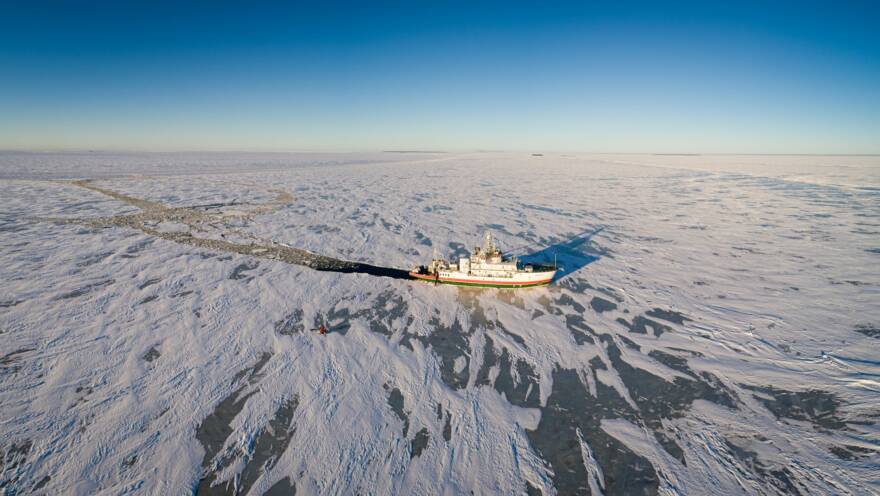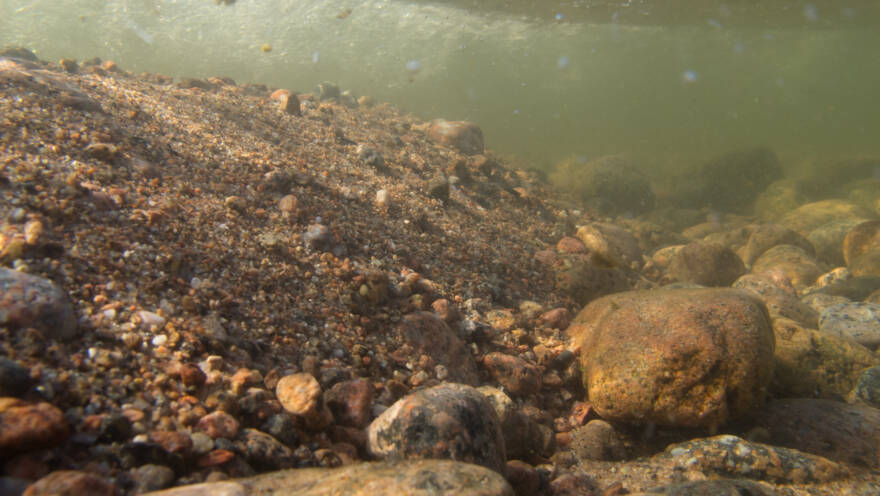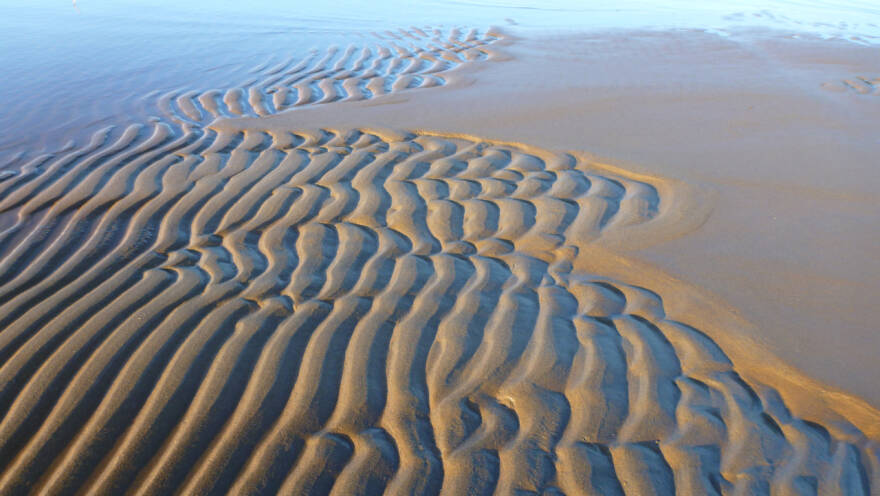
The research vessels Aranda and Geomari provide information on the sea and the seabed
Finnish marine research is served by two research vessels, i.e. Aranda and Geomari. They are well-equipped vessels that make scientific observations of the sea and the seabed, as well as taking various samples. The research vessel Aranda is a ship designed for marine exploration and offers versatile opportunities for demanding research, while the RV Geomari is equipped for marine geological research.
The current RV Aranda is Finland’s fourth marine research vessel
The marine research vessel Aranda was launched in 1989. Her home port is in Helsinki and the ship is managed by the Finnish Environment Institute (Syke).
-
 Find out more
Find out moreResearch vessel Aranda
The current RV Aranda is the third marine research vessel of the same name and the fourth in Finland. Before the first three ships named Aranda, marine researchers used the steamship Nautilus.
The Aranda is a modern research vessel which is reinforced for ice. Although it is designed primarily for Baltic Sea exploration, this ship is also capable of operating in Arctic waters, at the periphery of the ice sheet. Indeed, the Aranda has made exploration trips to both the North Atlantic and Antarctic waters. The ship can accommodate a research group of up to 27 people.
The Aranda has been customised for demanding marine research
The RV Aranda is suitable for multidisciplinary, year-round marine research. Biological, physical, and chemical marine research is carried out on board. It is also used for marine geological research and hydroacoustic research, such as underwater noise measurements.
The ship has well-equipped laboratory facilities where samples can be analysed during the voyage. A customised data processing system also enables the on-board processing of results. The ship’s equipment also includes satellite and weather image reception devices, as well as its own versatile weather station.
Navigation is largely automated on the present-day Aranda. Thus, less crew is needed than on previous ships. The Aranda is also highly controllable, and the ship’s computer-controlled positioning system keeps it precisely in place when at the observation stations.
Continuous maintenance ensures the functionality and relevance of Aranda
The research vessel Aranda is regularly serviced and constantly maintained. In 2007, the ship’s bridge was renewed. In 2012, the ship’s mess hall (dining room) and lounge, as well as the laboratories were also renovated.
From 2017 to 2018, major renovations were carried out at the Rauma shipyard. At that time, the ship was, among other things, extended to provide additional research and laboratory facilities. The ship’s engines were also made quieter and new hydro-acoustic equipment was installed.
The marine geological research vessel Geomari surveys and researches the seafloor
The RV Geomari is a marine geological research vessel. It was built by the Geological Survey of Finland (GTK) and the Finnish Navy. The ship was built by the Mobimar Oy Company and completed in 2003. In design, the Geomari is an aluminium-hulled catamaran.
The Geomari is used jointly by Geological Survey of Finland (GTK) and the Finnish Navy to survey and explore the seafloor. This research vessel is intended to operate on the high seas in Finnish marine areas. However, it is also designed to meet the needs of shallow water mapping and research.
In connection with the ship’s control room, the Geomari has a measurement centre which serves various research activities. The aft deck is open and has cranes and space for gauges, sampling equipment, and winches. The ship has accommodation for six people.
Geomari is equipped with a variety of probes
The research equipment of the research vessel Geomari is highly versatile. For example, the ship has a modern acoustic-seismic sounding system. The system includes multi-beam and side-scan sonar, including several sediment sonar sonars operating at different frequencies to produce a profile image of the sediment below the surface of the seabed.
This research vessel also has sediment sampling equipment on board. These are needed for the geological exploration of the seabed. Also, the vessel is equipped with measuring equipment suitable for investigating sediment stratification processes.
The gear also includes a “free-fall bar” that can be dropped to the seabed, providing direct information on, among other things, the geophysical characteristics of the seabed sediment layers. Such characteristics include the shear strength, resistance to penetration, and the pore pressure of sediments. There is also a wet laboratory on board, which can be equipped with different gear, depending on the research needs.
-
 Find out more
Find out moreSeafloor geology
-
 Find out more
Find out moreMarine geology and types of sediment